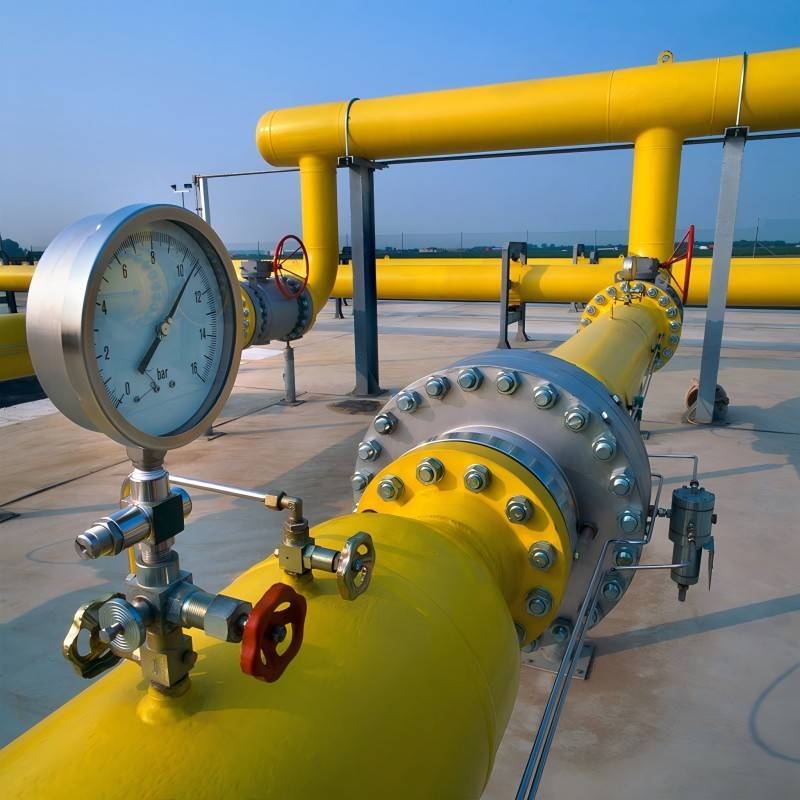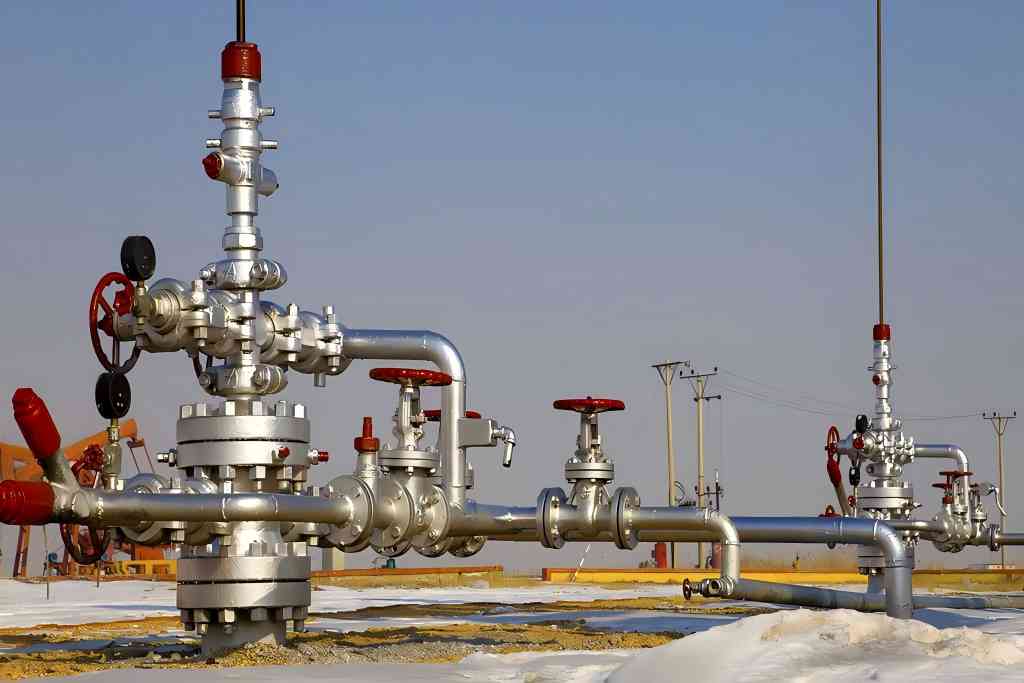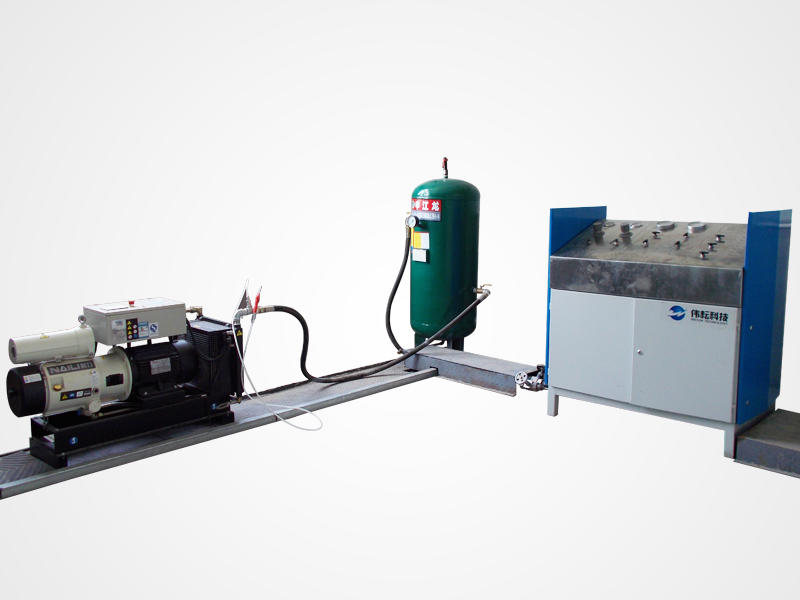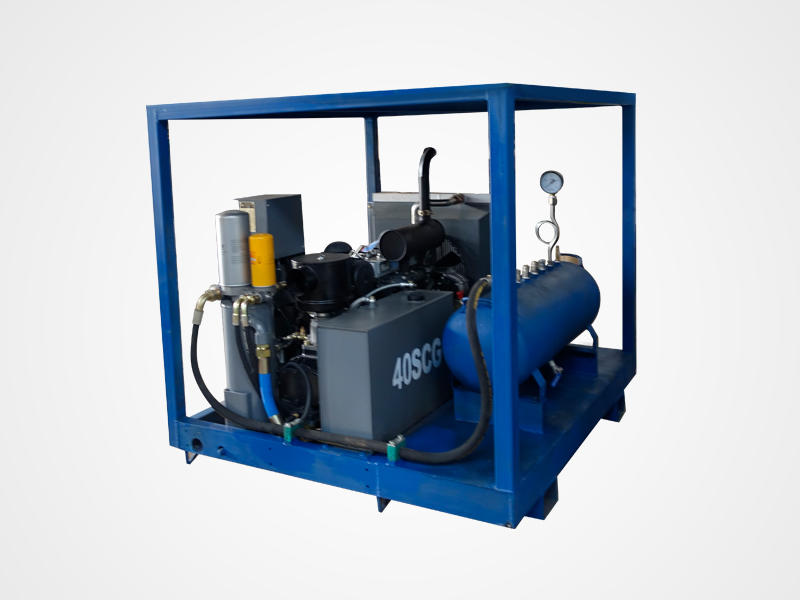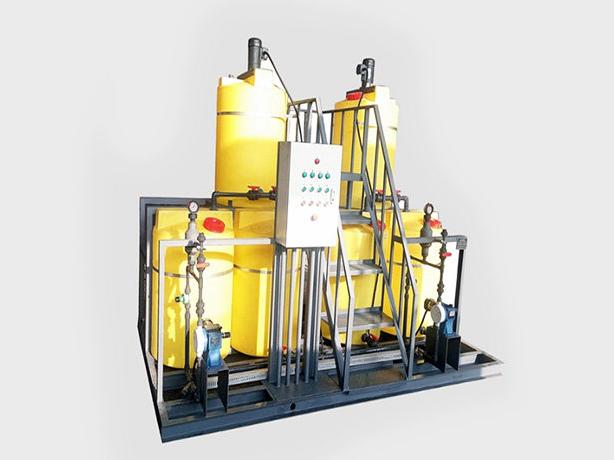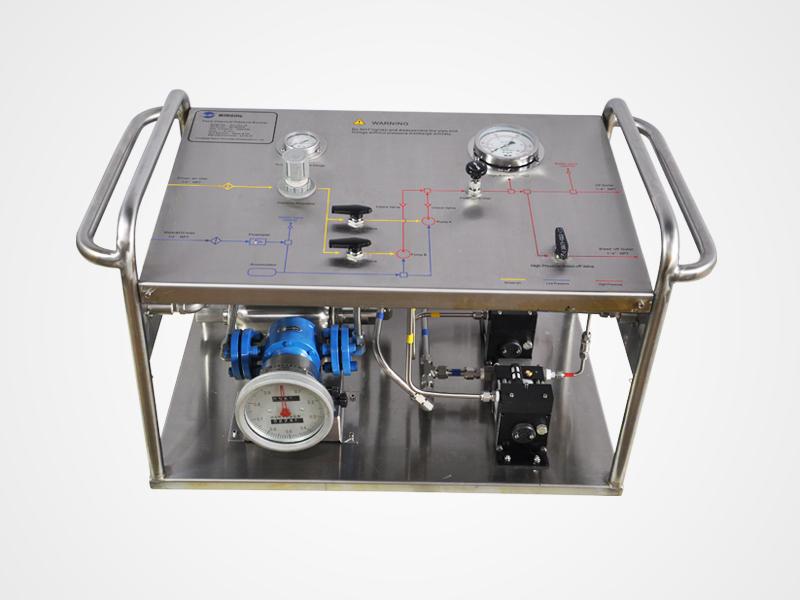How to Size an Air Amplifier?
The air amplifier is used to boost air pressure in work situations when the available working pressure is insufficient to act. To increase the productivity of this equipment, it is frequently combined with air-driven tools. Air amplifiers with a variety of characteristics are now widely available. This apparatus can generate pressures ranging from 30 to 4350 PSI. Every application and working environment that uses air amplifiers must have one that is the correct size. With so many options available for purchase, a user could feel overwhelmed by the options. Several things must be considered while building an air amplifier to ensure uninterrupted operation. Which ones are they?
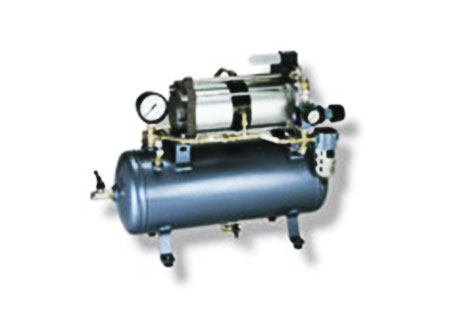
An Introduction to an Air Amplifier
Our air amplifier device can increase compressed air pressure to levels above that of the majority of standard shop air systems. This is an ideal air amplifier system for amplifying compressed air from 100 psi to 1,000 psi. It is a single-acting, single-stage air booster and is fully pneumatically operated, requiring no electricity. Features of the air amplifier are the following:
- An efficient, space-saving design
- Simple installation
- It only requires a supply of compressed air equal to or greater than 100 psi.
- A pressure switch that can be altered and set to pressures between 435 and 1,000 psi is already built into the system. The key advantage of the pressure switch is that it automatically turns off the system when the required pressure is reached. It may also restart the system when compressed air is removed from it. The amplifier will resume and start to cycle once more, producing additional compressed air to refill what has been withdrawn, as soon as the system detects a 10% drop in pressure from the predetermined pressure. This amplifier is perfect for modest applications that need access to a few liters of compressed air and comes with a 1-gallon sample container attached to the system.
3 Factors of sizing air amplifiers
The size of air amplifiers is influenced by several factors. While some issues may include broad parameters, others may entail application-specific parameters. The combination of both is as follows:
Air Flow: Understanding the airflow requirement is critical when developing an air amplifier. It could be challenging to get the correct judgment at times. The demand for each task can vary greatly. However, summarizing the order of numerous jobs can help you grasp the requirement.
Pressure: Determine the minimum and maximum air pressure requirements once you’ve determined the volume of air flow needed. Additionally, some particular pressure characteristics need to be taken into consideration. These consist of Supply Pressure, Outlet Pressure, Minimum Air Drive Pressure, and Required Flow at Outlet Pressure.
Specific Application Needs: After figuring out the airflow and pressure, you should focus on other particular application needs such as the Volume of the Vessel, High Pressure Required to Test the Vessel, Cycle of Volume Requirements (Part Ejection)
Actuator Single or Double Acting Types Required, Actuator/Actuators Involved Bore and Stroke, Cycle Requirements, and Air Pressure Required on Each Stroke.
After you read this article, you can get tips to determine the right size of an air amplifier. If unable to make the right decision, you can always approach a compressed air amplifier supplier.

